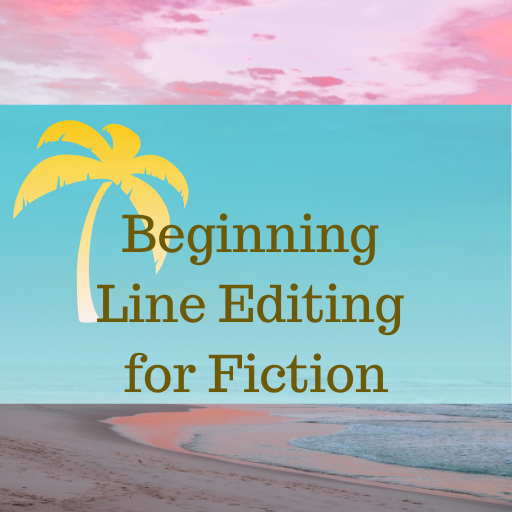Editing for Timeline Consistency
One of a book editor’s services is editing for timeline consistency, a common developmental concern. Here are some tips for tracking story timelines!
Problems with Editing for Timeline Consistency
A common developmental concern is a problem or error in the timeline of a story. Usually the copy editor is expected to track the timeline very carefully, but you want to avoid having a big problem at the CE stage that could have been solved at the DE stage if only you’d been paying attention. (And with indie authors, there may not be a CE stage.)
For line editors, this is also something we need to be able to pick up on. The DE (if there was one, and with an indie author there may not have been) might have missed it or deferred discussion of it until structural problems were addressed.
We need to spot that if in story time today is Tuesday and tomorrow is Friday, something has gone wrong somewhere.
Similarly, if Penelope is in Los Angeles at 9 a.m., she is almost certainly not getting off the plane in New York at lunchtime. In other words, we have to keep track of clock time as well as elapsed time.
For the author, fixing a timeline isn’t always as simple as changing the reference from Friday to Tuesday. It may require significant revision, depending on the story—which is why it’s better to catch the problem in dev than to hope the CE catches it.
Tips for Tracking Story Timelines
You can use a spreadsheet to track the timeline. If you’ve done a chapter-by-chapter summary, you can add timeline (and even location) tracking to that (Chapter 1—noon on Tuesday—Rome).
For beginning editors, tracking this in a chapter summary document can be extremely helpful. I still do this for complex edits. You wouldn’t send the author the tracking spreadsheet—that’s for your use.
You would use queries and any necessary ms edits to deal with timeline issues. If they’re extensive, you would also need to address them in the revision letter, as fixing the issues may require the type of rewriting that’s beyond the DE’s typical role.
Other Helpful Content
-
Happy Holidays!
Here in Spain they take Christmas very seriously, and so that’s what I’m doing, too. I’m taking time off to spend with family and friends. We’ll gather for a meal and a walk among the Christmas lights. Then I’ll read a good book before bed. (Perhaps next year I’ll say, “We take Christmas very seriously.”)…
-
Identifying Conflict Problems in a Manuscript
Conflict drives narrative, as I don’t need to tell you. But a problem with the conflict is probably the number one issue I see in the manuscripts I edit. Yet it can be difficult to identify conflict problems. Outside of the most formulaic of approaches, we don’t have a lot of rules about how the…
Join the Club!
New to story editing? Begin at the beginning.





